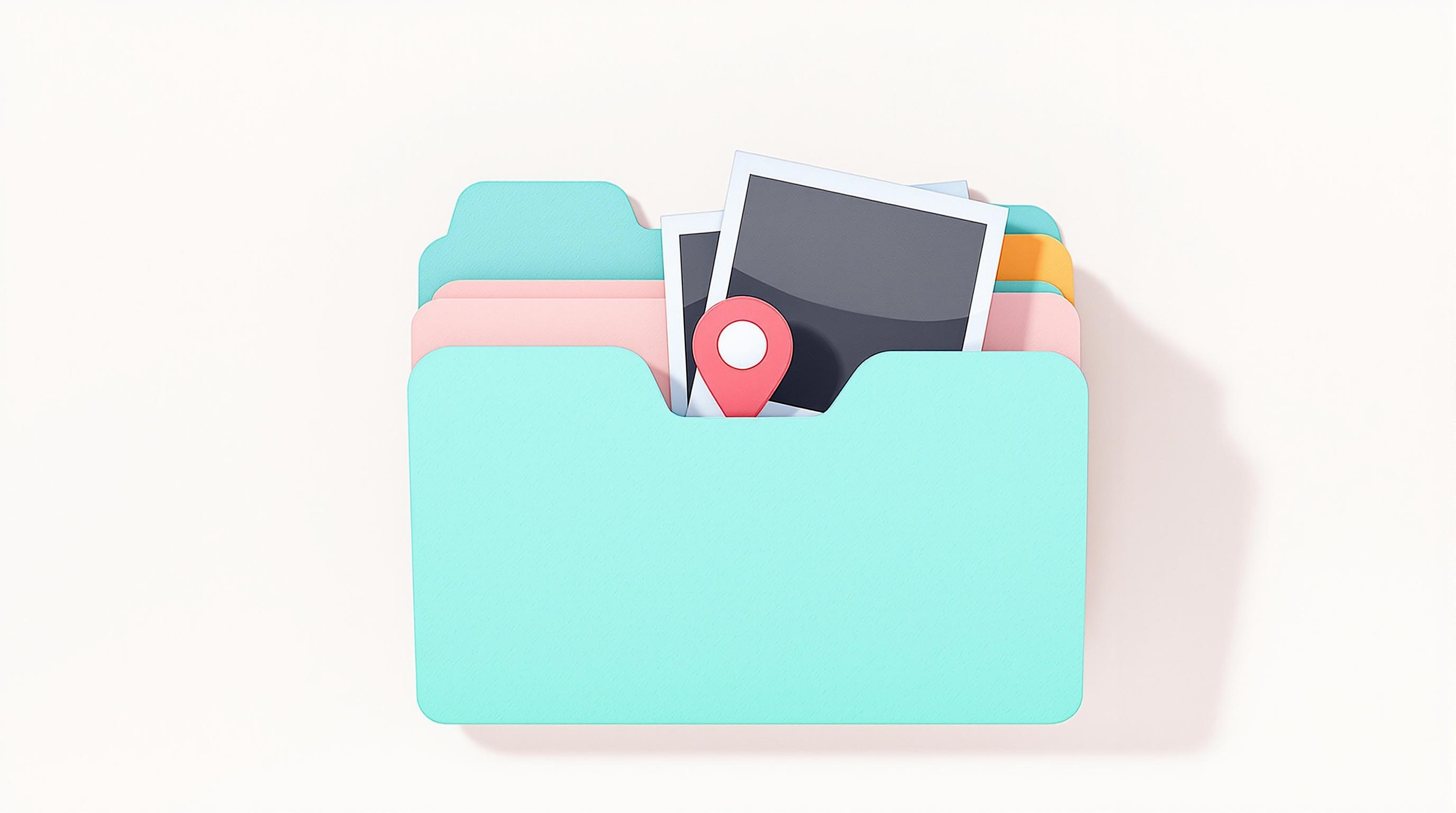Documenting your European Union (EU) journey not only preserves treasured memories but also showcases the professional and personal growth you’ve achieved. By creating a well-structured portfolio, you can highlight the skills, projects, and experiences garnered across borders—and make them shine to future employers, academic institutions, or collaborators.
1. Define Your Portfolio’s Purpose
Before gathering materials, ask yourself:
- Who is your target audience? (Recruiters, admissions officers, peers.)
- What do you want to emphasize? (Language proficiency, cultural adaptability, research projects.)
- Which format suits you best? (Digital website, PDF booklet, multimedia presentation.)
2. Collect and Curate Core Materials
Start by assembling all relevant artifacts. Organize them into folders or cloud drives so you can easily sift through your files.
- Photographs and videos from study tours, internships, or conferences.
- Academic certificates, transcripts, or diplomas earned in EU institutions.
- Project deliverables: slide decks, reports, posters, or code repositories.
- Language tests scores (e.g., IELTS, DELF), plus any local-language writing samples.
- Letters of recommendation, testimonials, or personal reflections.
3. Structure Your Portfolio
- Introduction: A concise bio outlining your background and the scope of your EU experience.
- Chronological or Thematic Sections:
- By country or program (e.g., Erasmus+ in Spain, internship in Germany).
- By skill category (research, teaching, project management).
- Highlights Gallery: Showcase 3–5 standout moments with images and captions.
- Project Case Studies: For each major project, include objectives, your role, outcomes, and lessons learned.
- Reflections: Personal insights on cultural immersion, challenges overcome, and professional growth.
4. Craft Engaging Narratives
Avoid mere bullet-point lists. Instead, weave storytelling into your portfolio:
- Explain the context: Why did you choose this program or assignment?
- Describe your process: How did you tackle tasks, collaborate with international peers?
- Highlight impact: What results did you achieve, and how did you grow?
5. Showcase Transferable Skills
Recruiters and educators value competencies that transcend borders. Make sure you demonstrate:
- Cross-cultural communication and teamwork
- Language proficiency
- Adaptability and problem-solving
- Project management and leadership
- Digital literacy (e.g., content creation, data analysis tools)
6. Design and Layout Best Practices
A clean, consistent design enhances readability:
- Use a simple color palette (two to three complementary colors).
- Select legible fonts (sans-serif for headings, serif or sans-serif for body text).
- Include white space to avoid clutter.
- Ensure images are high resolution but optimized for fast loading.
- In a web portfolio, make navigation intuitive (sticky menu, back-to-top links).
7. Choose Your Publishing Platform
Select a medium that aligns with your goals:
- Personal website builders (Wix, Squarespace, WordPress) for maximum control.
- Portfolio-specific platforms (Behance, Dribbble) tailored to creative work.
- PDF or PowerPoint for easy email distribution or offline viewing.
- LinkedIn’s Featured section for professional visibility.
8. Promote, Solicit Feedback, and Update
Your portfolio is a living document:
- Share with mentors, peers, or industry contacts and ask for constructive feedback.
- Regularly add new projects or certifications as your EU journey continues.
- Track clicks and views (with Google Analytics or platform metrics) to understand which sections resonate most.
Conclusion
Creating a portfolio from your EU journey transforms disparate experiences into a compelling narrative of growth and achievement. A thoughtfully documented showcase not only cements your personal memories but also becomes a powerful tool for career advancement and networking. Begin today: capture your story, highlight your skills, and let your international experiences open doors to new opportunities.
This article was co-written by an AI assistant and
Huseyn Abizadeh
.
